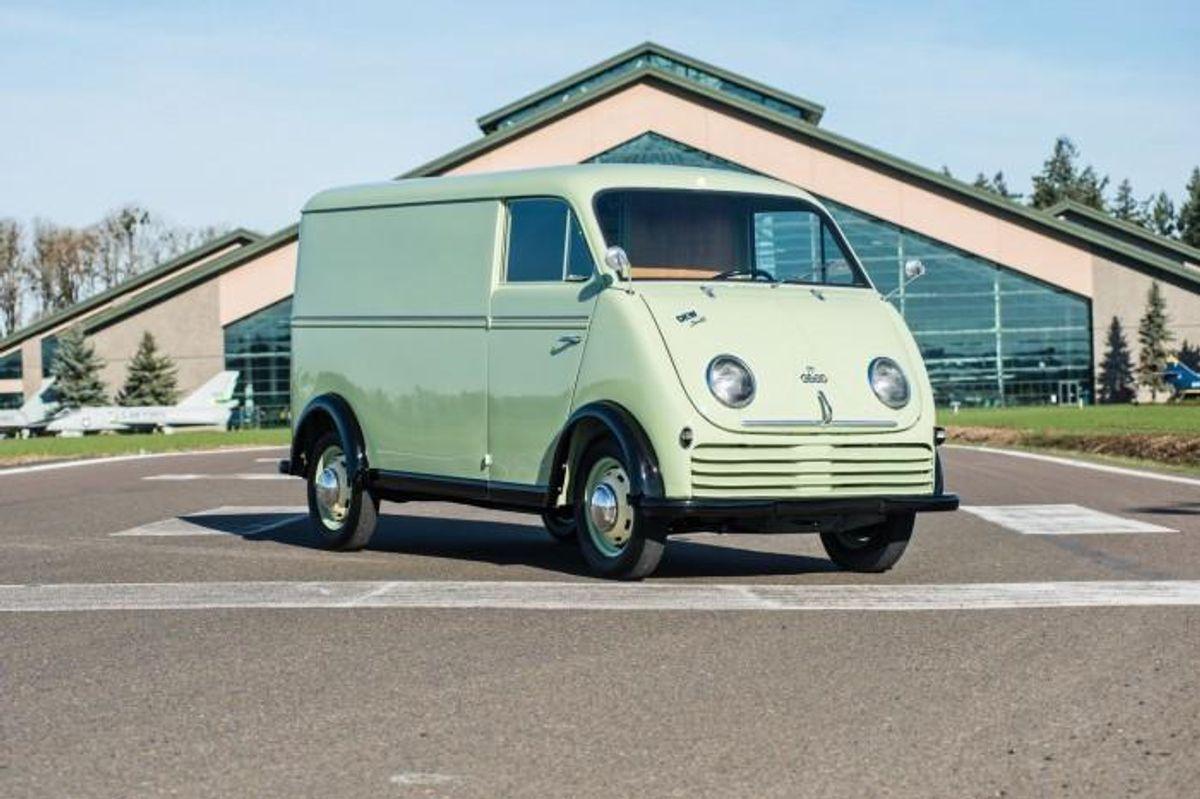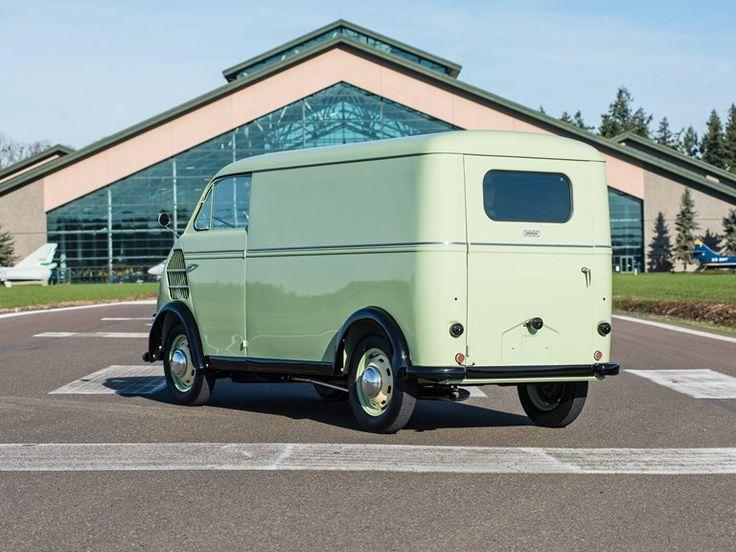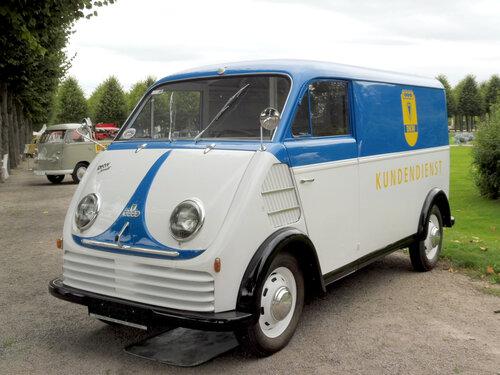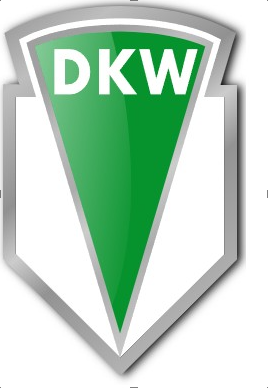1960 DKW Kastenwagen

The descriptions of the Classic Cars in the Directory were partly generated or supplemented with the help of artificial intelligence (AI). The content may occasionally not always be entirely accurate or factually correct despite careful checking.
The DKW Kastenwagen 1960 is an iconic vehicle that has been revered by car enthusiasts for many years. This compact van was first introduced by the manufacturer as a modern car in the 1950s.
Technically, the DKW Kastenwagen is a two-door panel van that was built on a small chassis. The bodywork of the van was made out of steel and mounted on a ladder-type frame. The vehicle featured a front engine, front-wheel drive layout, with its engine positioned horizontally in front of the front axle.
The DKW Kastenwagen was powered by a two-stroke engine that produced 34 horsepower (hp) and had a displacement of 896cc. The engine was mated to a four-speed manual transmission and had a maximum speed of 88 kilometers per hour. The vehicle could also reach 0-60 kilometers per hour in 20.1 seconds.
The suspension system of the DKW Kastenwagen was comprised of an independent front suspension with coil springs and a rear rigid axle, also with coil springs. The braking system was hydraulic and consisted of drum brakes on all four wheels. The steering was a rack and pinion setup that provided precise handling and maneuvering.
The cabin of the DKW Kastenwagen was designed to be practical and utilitarian. The dashboard was simple and easy to read, featuring basic gauges and controls. The front seats were comfortable, while the rear of the cabin provided ample space for cargo.
Overall, the DKW Kastenwagen was a reliable and functional vehicle that was widely used in Europe during the 1950s and 1960s. Its simple yet effective design, along with its durability and versatility, made it popular among small business owners, tradespeople, and families alike. Today, the DKW Kastenwagen is a sought-after classic car that is cherished by collectors and enthusiasts across the globe.
Milestones
- The DKW Kastenwagen 1960 was first introduced in 1957 as a commercial vehicle, primarily used for transporting goods and small cargo. - The vehicle was equipped with a 3-cylinder, 2-stroke engine that produced 30 horsepower and had a top speed of around 61 miles per hour. - In 1960, the DKW Kastenwagen received a minor facelift, which included a new grille, new headlights, and revised taillights. - Around the same time, the engine was upgraded, with a new version producing 40 horsepower being offered as an option. - The interior of the DKW Kastenwagen was also updated, with a new dashboard and improved seating for driver and passengers. - The DKW Kastenwagen was eventually replaced by the larger F1000 model in 1964.Technical
- Manufacturer: DKW - Model: Kastenwagen - Year: 1960 - Body type: Panel van - Engine: 3-cylinder two-stroke engine - Displacement: 900 cc - Horsepower: 35 hp at 4,000 rpm - Transmission: 4-speed manual - Suspension: Independent front suspension and semi-elliptic leaf springs at the rear - Brakes: Hydraulic drum brakes on all four wheels - Steering: Worm and roller steering system - Wheelbase: 2,350 mm - Length: 3,945 mm - Width: 1,570 mm - Height: 1,700 mm - Curb weight: 780 kg - Payload capacity: 420 kg - Top speed: 100 km/h - Fuel efficiency: 8-10 km/l (city/highway)

